Imager Denoiser Optix - Arnold User Guide
 |
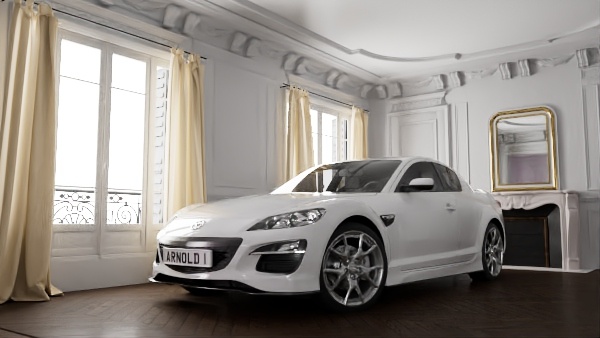 |
| without denoising | with Imager Denoiser Optix |
The OptiX ™ denoiser (based on Nvidia AI technology) is available as a post-processing effect. This imager also exposes additional controls for clamping and blending the result. It is integrated into Arnold for use with IPR as an imager (so that you get a very quickly denoised image as you're moving the camera and making other adjustments).
There are some requirements to be aware of when using the OptiX™ denoiser, however:
- Ensure that you are using the most recent Nvidia GPU driver version (see here). Note that the OptiX™ denoiser is not available on macOS.
- By default, Arnold will not use the GPU if it has less than 512Mb available when Arnold starts. You can either try to free up GPU resources by quitting applications using the GPU or lowering the Min. Memory (MB) settings. The default settings act on the side of caution and won't use your GPU if you have less than 512Mb available, so that all GPU resources aren't used, or worse, try to use more memory than is available on the GPU. Users can change this parameter at their own risk.
- Arnold will automatically force a Box_Filter on outputs with filters with known issues when either of the denoisers are used. This is because the OptiX™ denoiser does not perform well with filters that span across multiple pixels.
- Denoisers won't work as well after imagers have been applied to them. Therefore, denoisers should be applied before any other post-processing imagers (top of imagers list).
- The OptiX™ denoiser only works on full frames rather than buckets.
 |
 |
 |
 |
 |
| Denoised diffuse + denoised specular | Denoised beauty | Denoised diffuse AOV | Denoised specular AOV | Original beauty |
Input
Input points to the previous imager operation in the chain (so that you can stack them and apply multiple operations serially).
Enable
Enables the imager.
Layer Selection
Selects layers processed by this imager with a glob or operator expression. An imager can use a selection to determine what nodes will be selected to be processed by the imager at render time. The selection is an expression that can consist of multiple selections concatenated by:
or(union)and(intersection)not(negation)and not(exclusion)()for nested scoping
Each selection uses glob patterns and regular expressions, and a node will be processed by the imager if the expression matches the node name. By default, glob matching is used unless the selection is in a regex quote, i.e., r'<my_regex>'. For example:
specular or diffuse
not r'sss_(direct|indirect)'
r'color_(mask1|mask2)' or r'mask[34]' Output Suffix
When set, creates a new additional output with the input name plus the suffix in which the denoised result will be written into. For example, when denoising the "RGBA" AOV with the output_suffix set to _denoised, the denoised result will be written into a new "RGBA_denoised" output. It only works with multi-layer drivers.
Blend
Linear interpolation between the input and the denoised output.
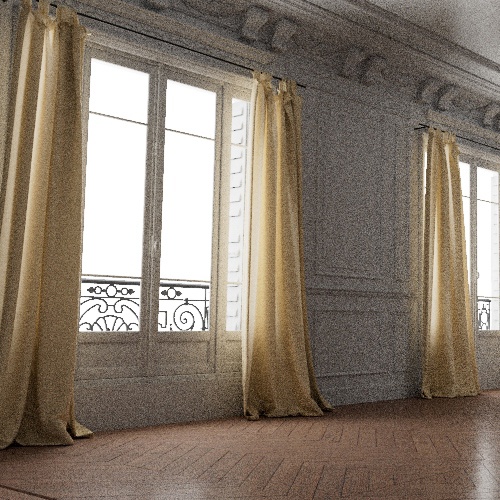 |
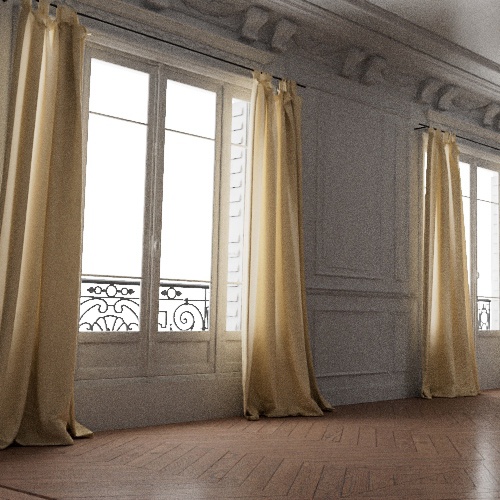 |
 |
| 0 | 0.5 | 1 (default) |
Clamp
Clamps the input to the denoiser to a given range.
 |
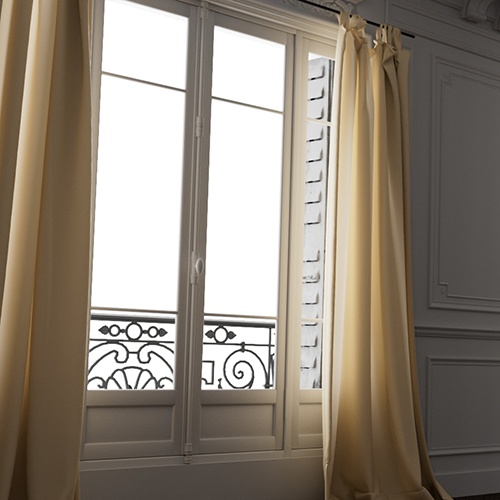 |
Clamp Min
Minimum value to clamp to.
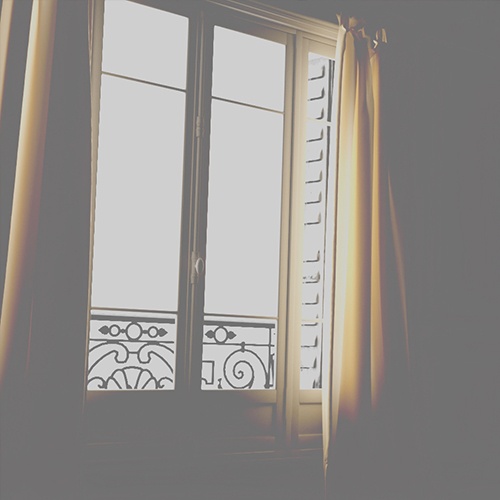 |
 |
 |
| 0.25 | 0.5 | 0.75 |
Clamp Max
Maximum value to clamp to.
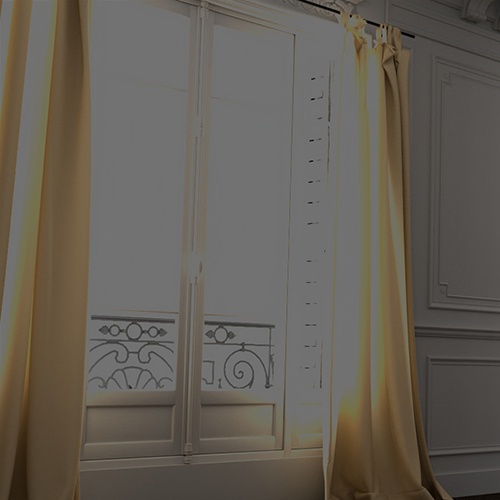 |
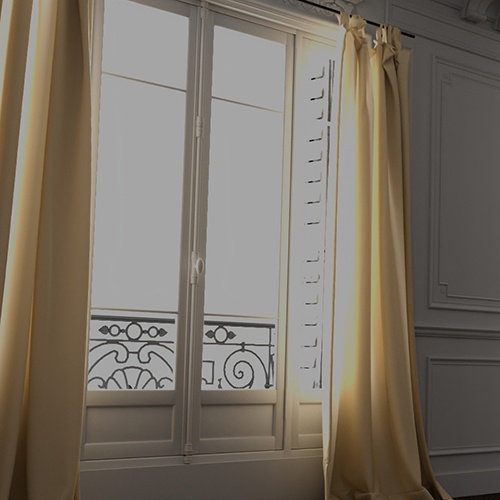 |
 |
| 0.25 | 0.5 | 0.75 |
Use Feature AOVs
Enables the use of additional N and albedo AOVs to improve denoising quality. In cases where something other than the beauty is denoised, it may prove better to disable this option.
